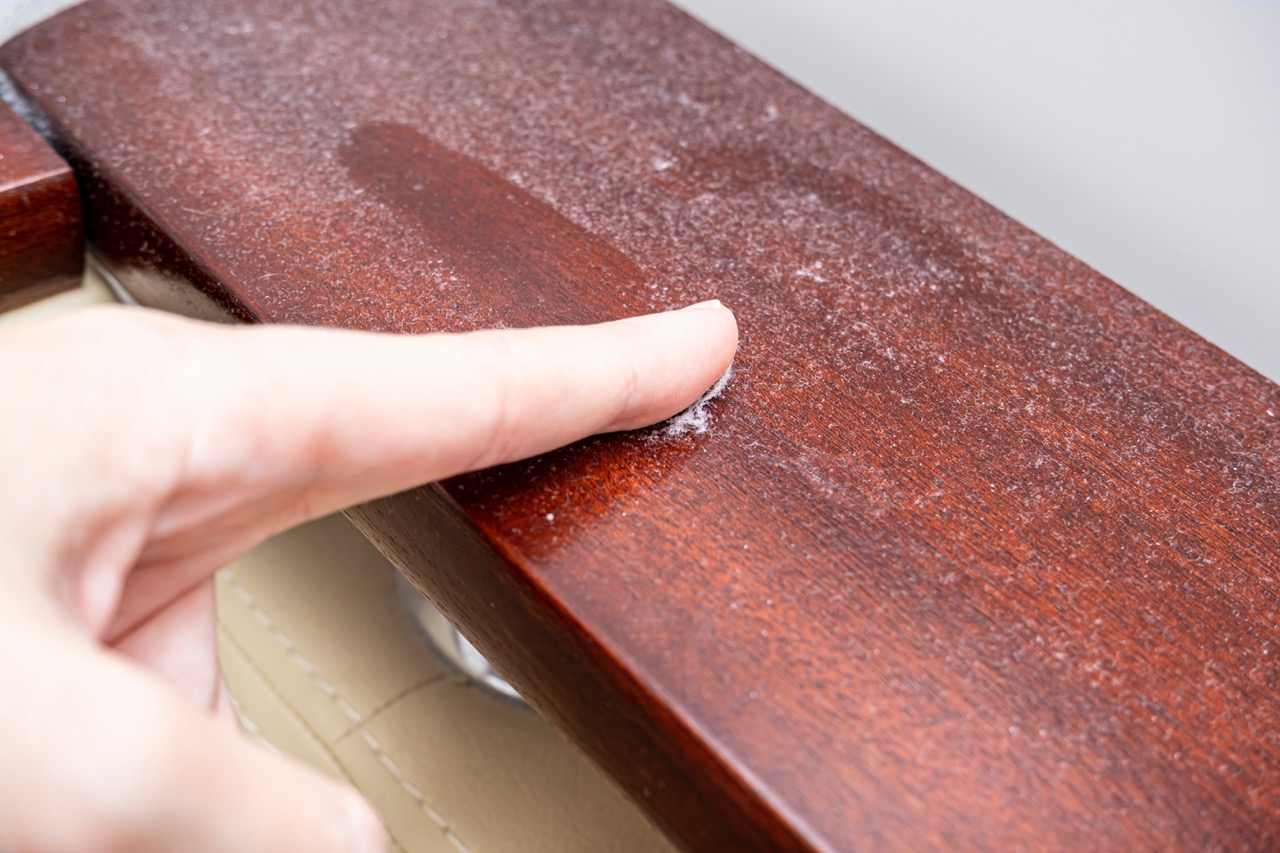Many homeowners do not realize that thermostats must be replaced every so often. How long do thermostats typically last and what are the signs that it’s time for a replacement? Knowing when to replace your thermostat can be important, especially if you want to make sure that your HVAC system is working efficiently to keep your home at the optimal temperature. Here’s what you need to know about how long thermostats last and when it’s time for an upgrade.
The Average Lifespan of a Thermostat
It’s usually time for a thermostat replacement if your current model is ten years. Factors like the type, brand, and amount of use can extend or shorten the life of your thermostat. Proper installation and maintenance can also impact the lifespan of a home’s thermostat. With good care throughout the years, your thermostat may last longer than expected; if neglected, you may need a new thermostat sooner than later.
Signs That You Need to Replace Your Thermostat
Your Home is Uncomfortable
One of the most common signs that your thermostat needs replacing is if it fails to keep your home at the desired temperature or if it’s not maintaining a consistent temperature throughout the day. These are signs that you have a broken thermostat. If your home is constantly too hot or too cold, it’s another sign that you need a new thermostat. If it’s difficult to adjust your temperature settings using your thermostat, then you have a malfunctioning thermostat.
A properly functioning thermostat should keep your home at a comfortable temperature at all times. If you find yourself constantly adjusting the temperature, it’s likely that you have a faulty thermostat.
Your Energy Bill Has Increased
One of the most obvious signs that it’s time for a new thermostat is an increase in your energy bills. If you notice that your heating and cooling costs are steadily increasing, it could be due to an outdated or inefficient thermostat. A new, energy-efficient programmable thermostat can help you save money on your energy bills and keep your home comfortable all year long.
You’re Still Using a Manual Thermostat
Thermostats that can only be changed by hand are called manual thermostats. There’s nothing wrong with them, but new thermostat technology can help you save on your energy bill and provide extra control and convenience to your life. A programmable thermostat can be set to a schedule to adjust the temperature settings throughout the day when no one is at home, or everyone is sleeping. smart thermostats take it a step further by allowing you to adjust the temperature with your smartphone. If your manual thermostat is working properly, but you just want to upgrade to the latest technology to save money, there’s nothing wrong with upgrading your thermostat for that reason.
Benefits of Switching to A Smart Thermostat
Changing out your old thermostat with a modern smart thermostat has many benefits, such as improved energy efficiency which can save you money in heating and cooling costs. Smart thermostats also allow you to control the temperature of your home from anywhere using just your phone or tablet. They can also detect when no one is home and adjust the temperature accordingly which helps conserve energy. In addition, they come with various features like voice-activated controls, auto-scheduling, and remote access capabilities making them ideal for modern homes.
Call Novak for Thermostat Installation Services in Cedar Rapids
Overall, understanding how long should a thermostat last and being aware of any signs that it’s time for an upgrade will help ensure that your heating and cooling system runs efficiently all year round. For quality thermostat installation services in the Cedar Rapids area, contact Novak Heating & Cooling today! With our expertise, we can guide you through choosing the best new smart thermostat for your home and handle all aspects of its installation so that you can enjoy its many benefits right away!


